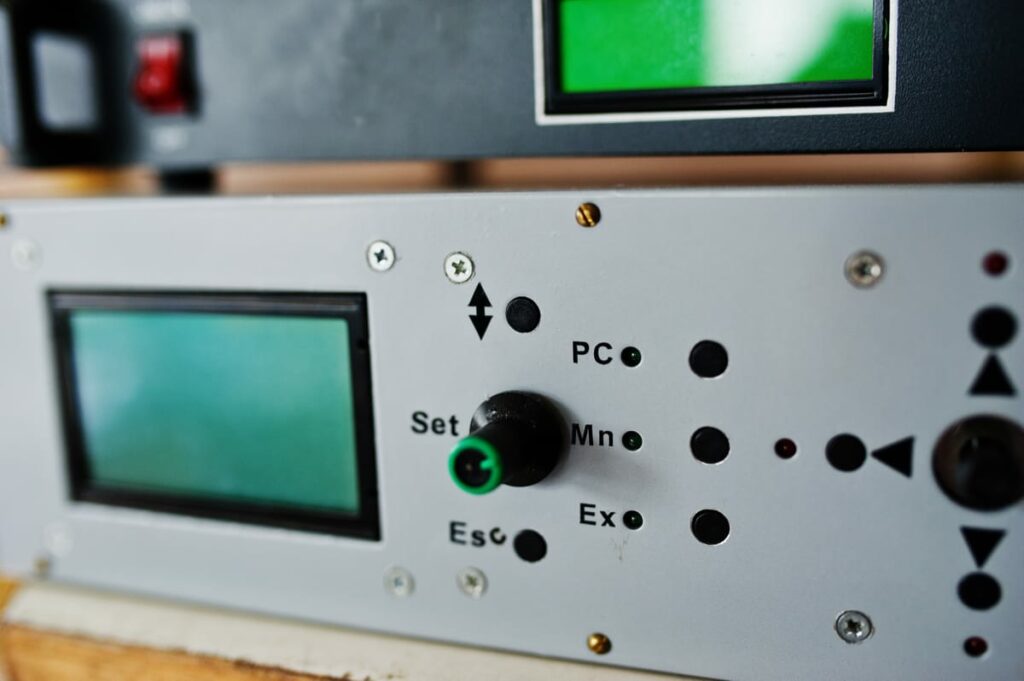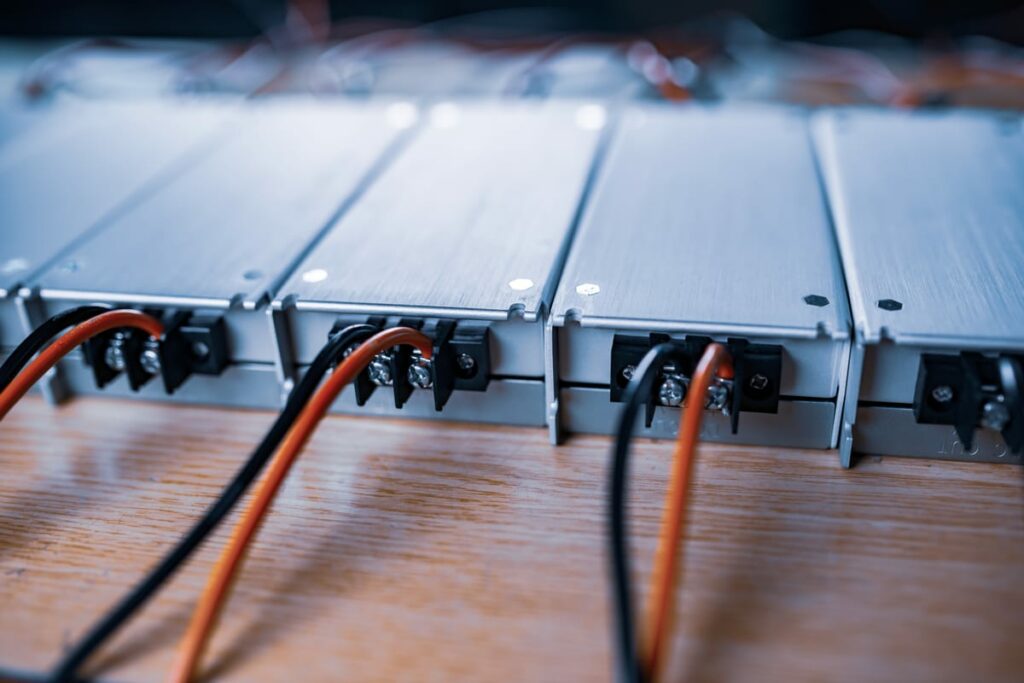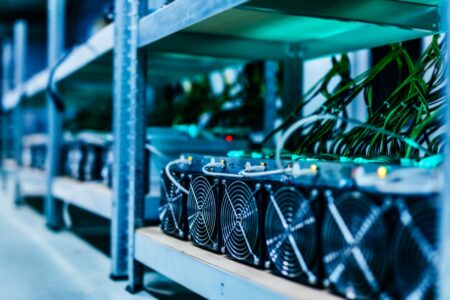If you are thinking of installing a solar system for your home, you’re probably wondering what a solar inverter is and how it works. Before purchasing a solar inverter, you should research the type of unit you need and its compatibility with the kind of solar system you’re considering. And as with any other kind of device, you should make sure you know local regulations before making your purchase. Solar inverters are essential pieces of a solar energy system and should not be overlooked.
An inverter works by converting DC electricity to AC power. It works to prevent excess energy from reaching the external power grid, thus protecting line workers. In addition, it can feed back any surplus electricity to the grid and earn you net energy credits.
Solar inverters are very helpful in maximizing the energy produced by a solar panel system. They can monitor and control the system, serve as a portal for computer networks, and even store and use the stored energy in batteries. Advanced inverters are used in solar-plus battery storage systems that depend on them for power during utility grid outages.
Another significant benefit of a solar energy system is connecting to the Internet. You can view all the information you need on your computer, tablet, or mobile phone. The Vivint solar app, available for Android and Apple phones, lets you monitor your solar energy system anywhere, including in your home’s comfort. You can also watch the performance of your solar energy system by checking the data provided by your inverter.

Solar inverters are essential pieces of solar energy systems. Without them, your solar array would not be as effective. However, string inverters are an excellent choice for home solar installations. Because they are so flexible, they are often more affordable than other solar technologies. A string inverter will connect solar panels, but its performance may be compromised if one panel is shaded or dirty.
In most residential solar energy systems, string inverters are used. String inverters are connected to solar panels in a string. String inverters are the most common form of solar inverters. The power optimizers are more challenging to replace or repair than microinverters. Microinverters have fewer components and require no string inverters.
Microinverters add cost to the solar array. Microinverters can provide panel-level monitoring. They also help meet safety requirements such as rapid shutdown and emergency responders. This makes them safer and easier to use in solar systems.














